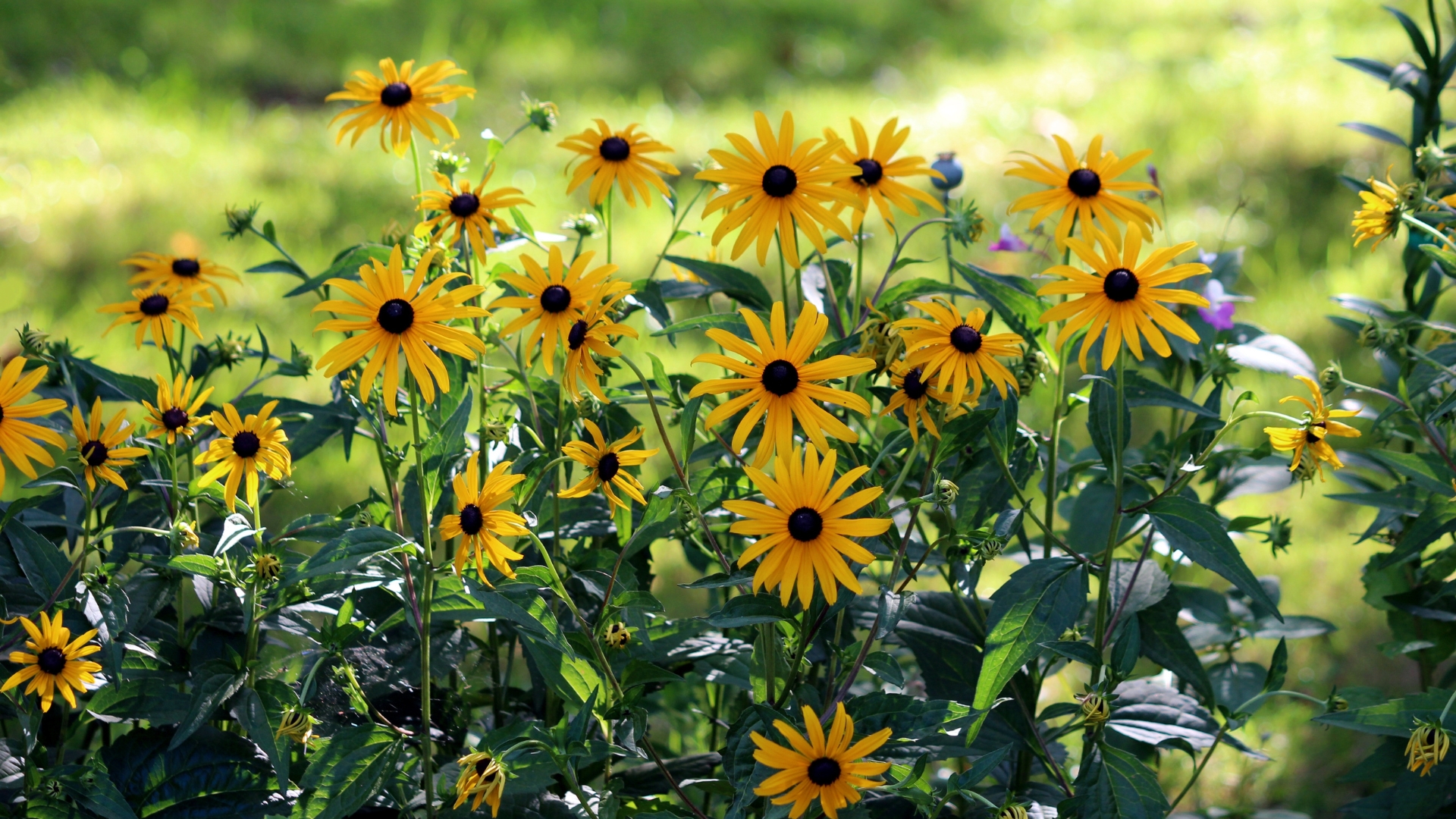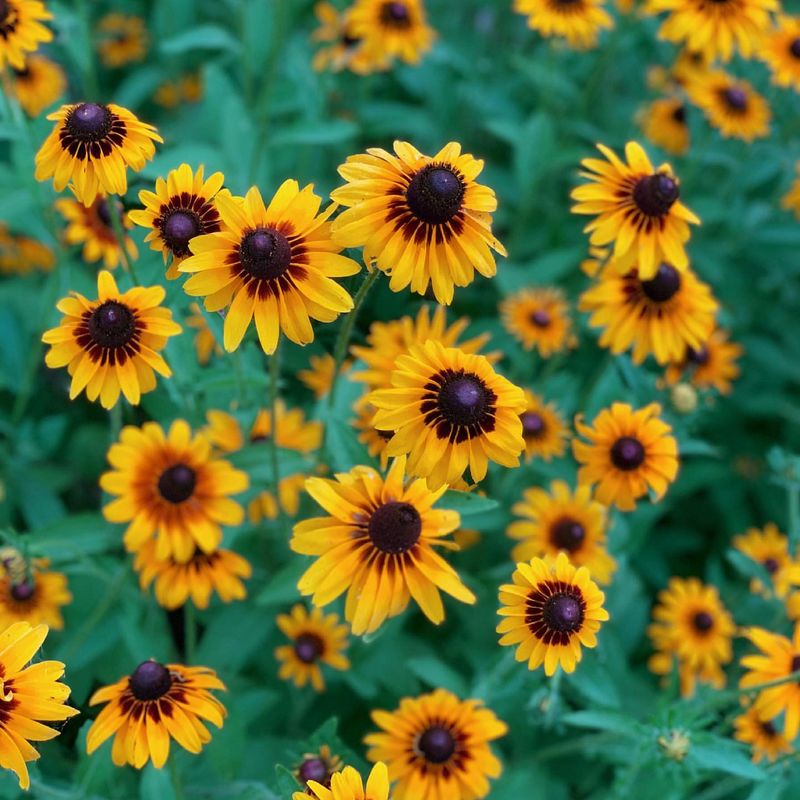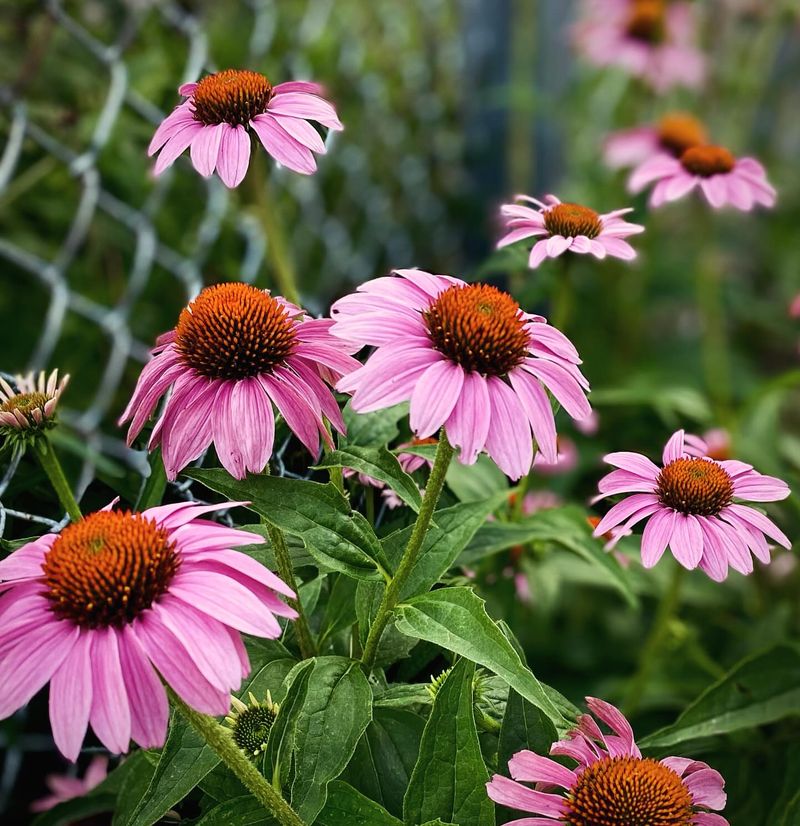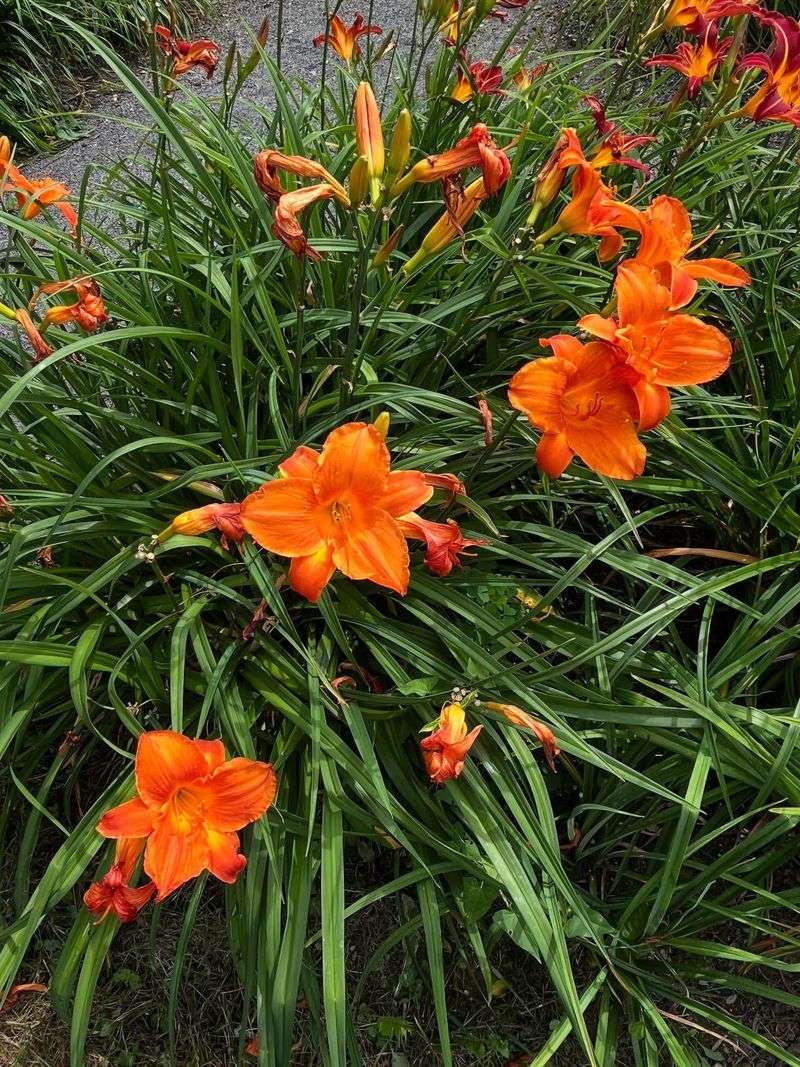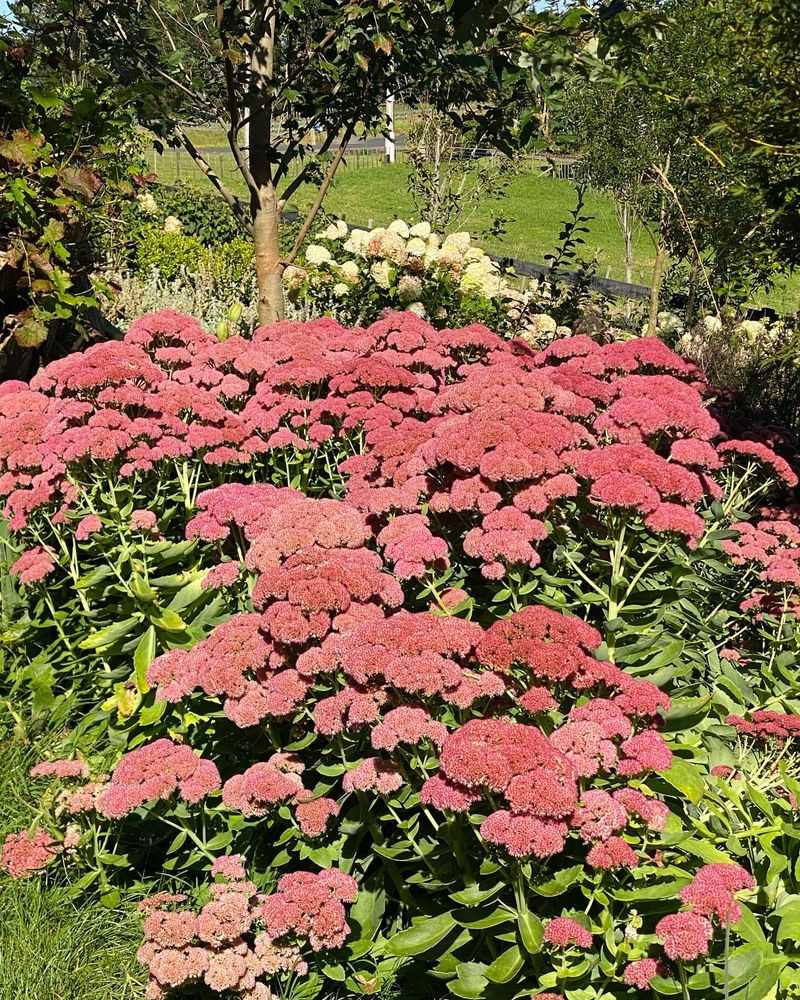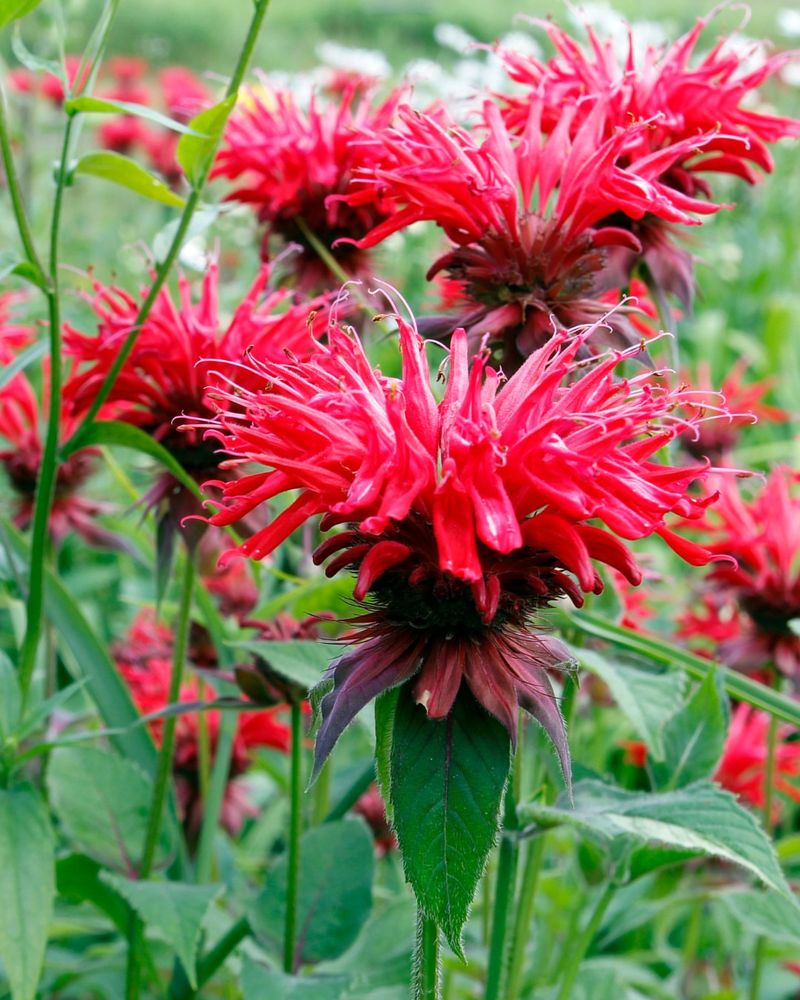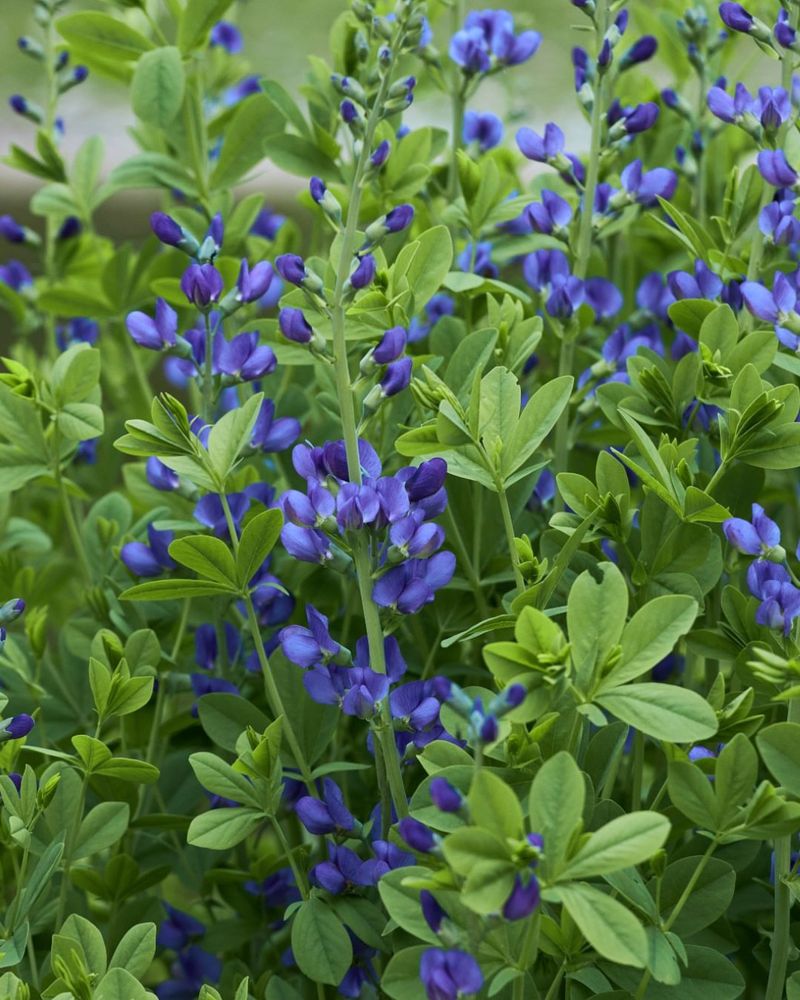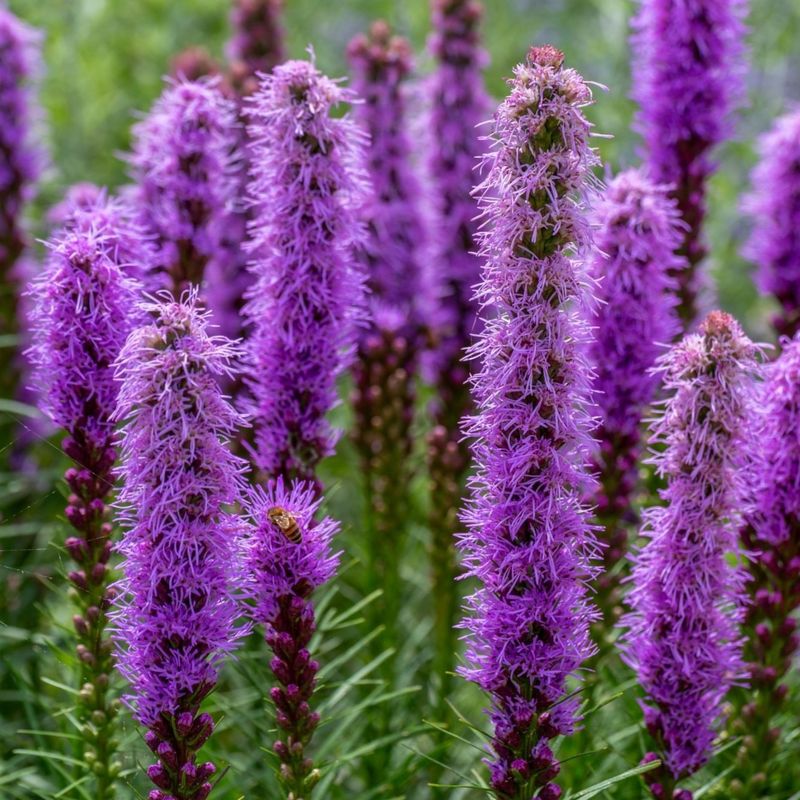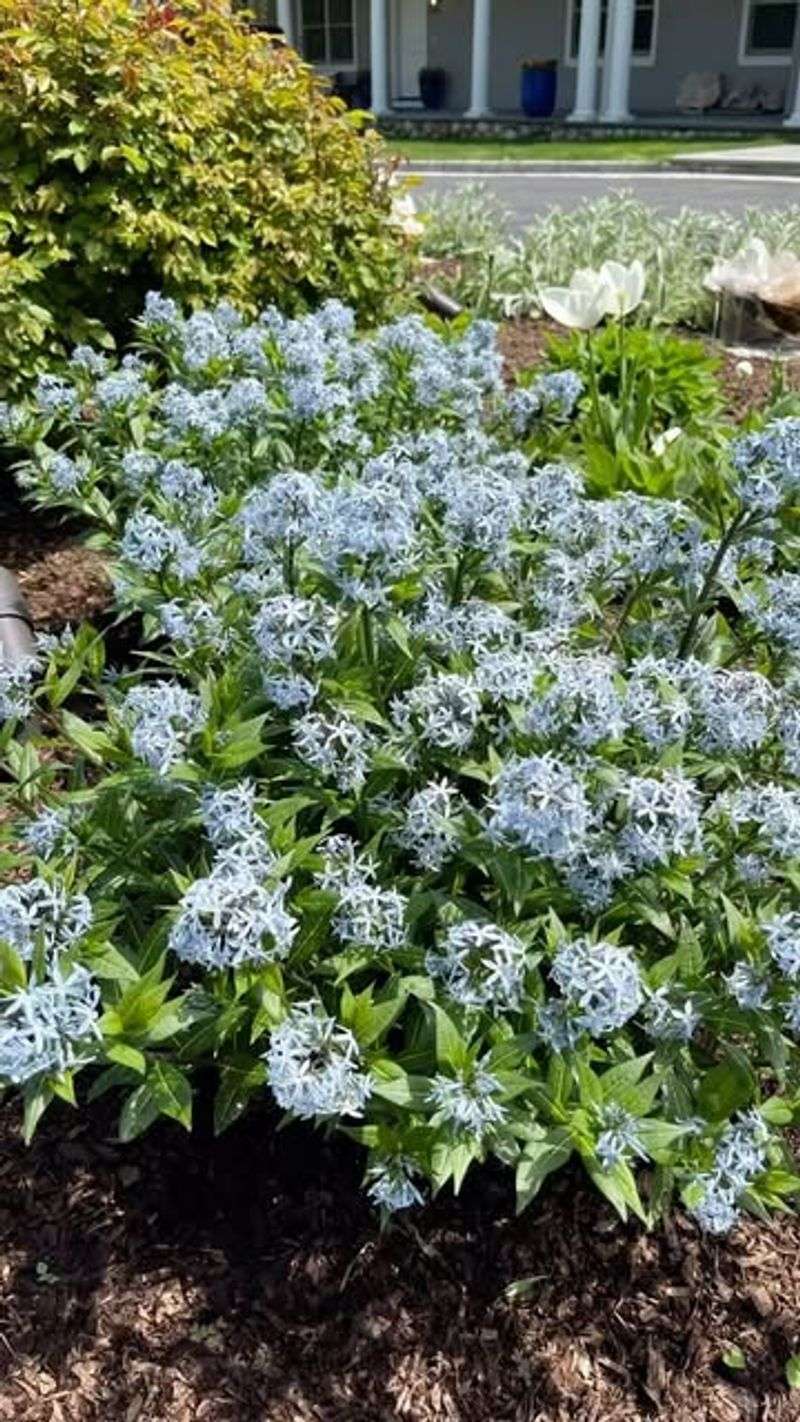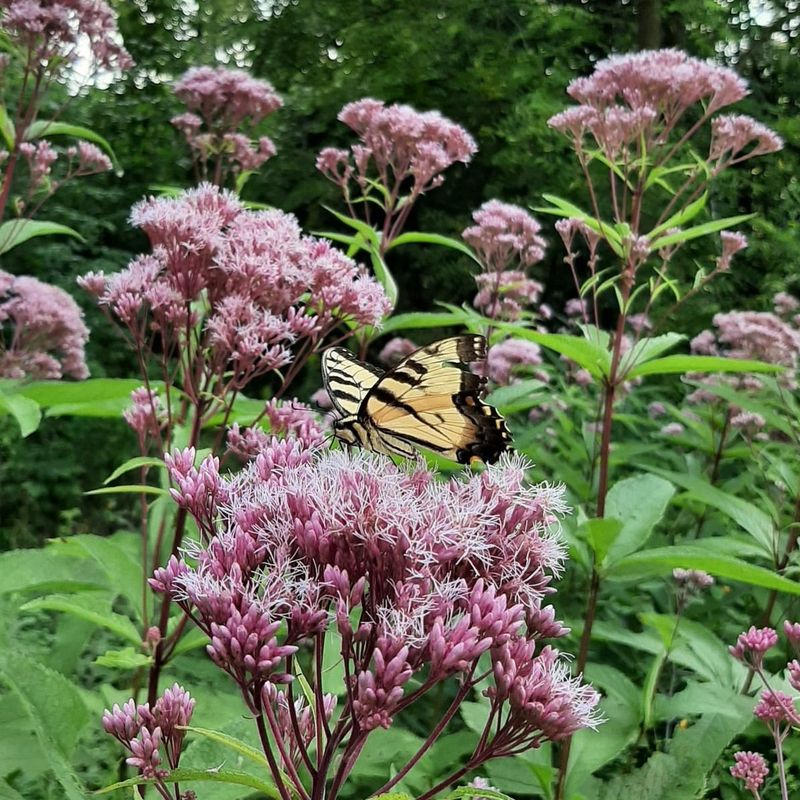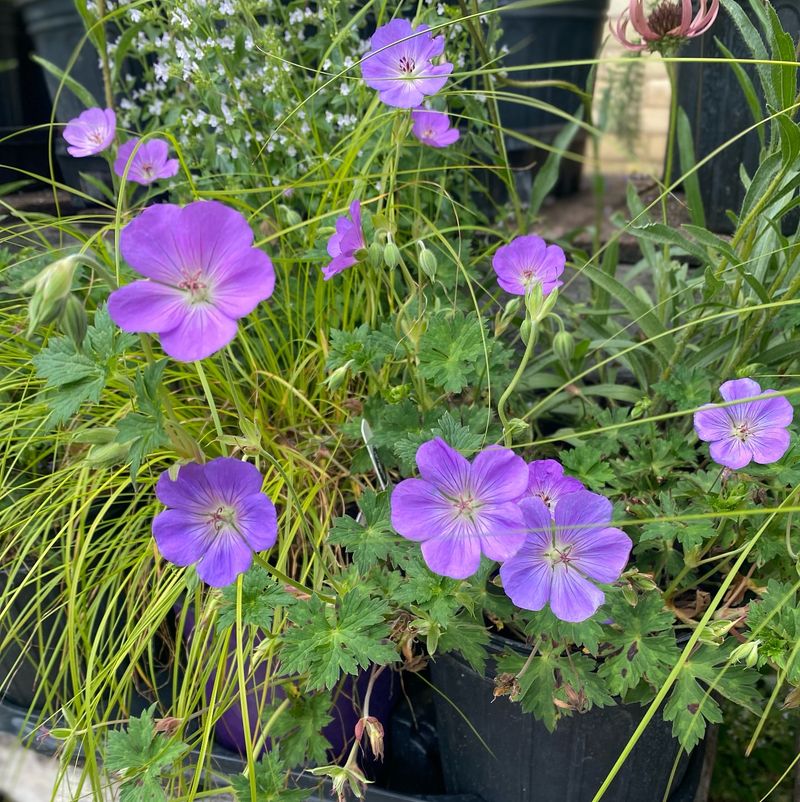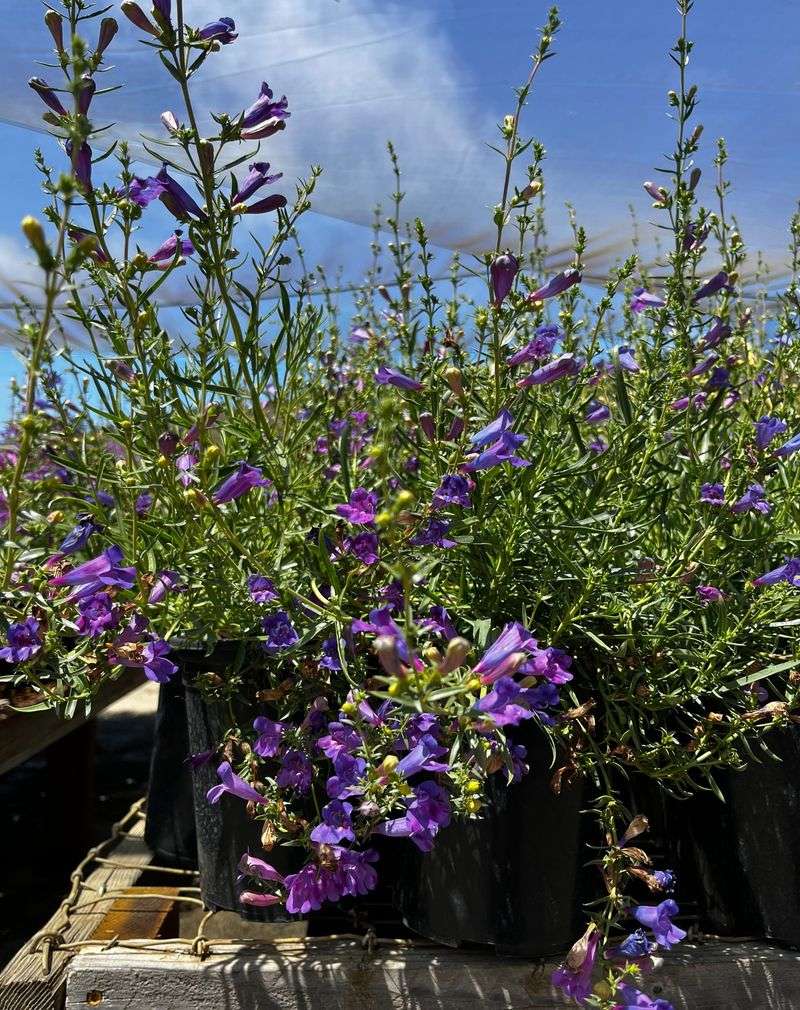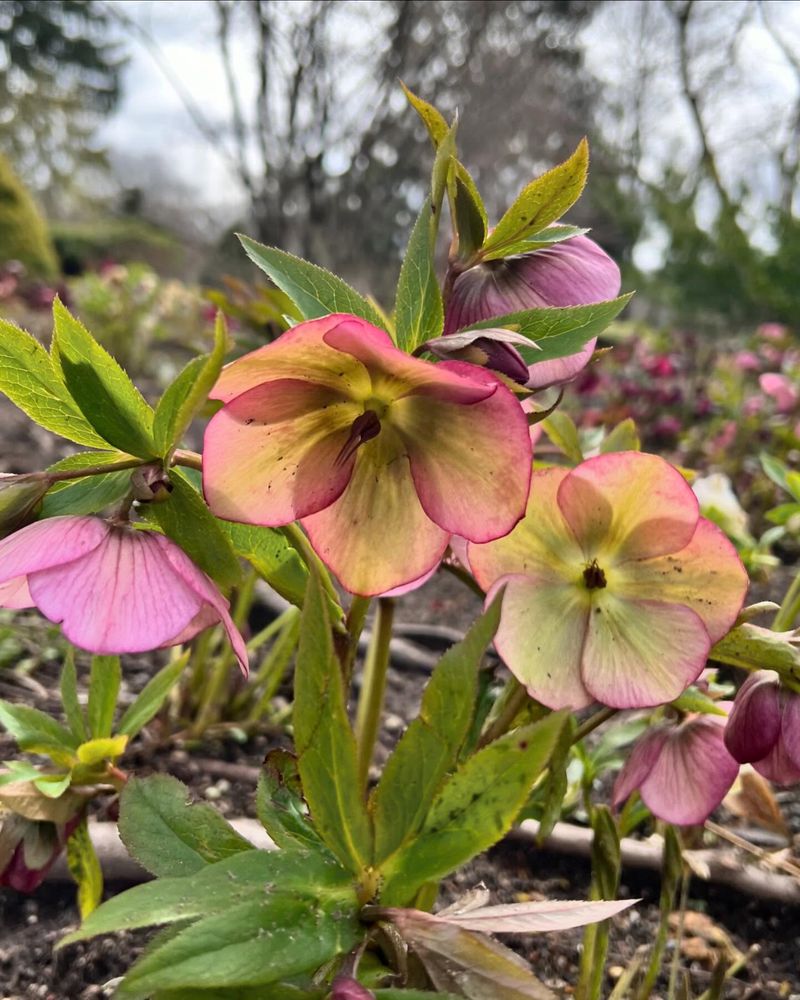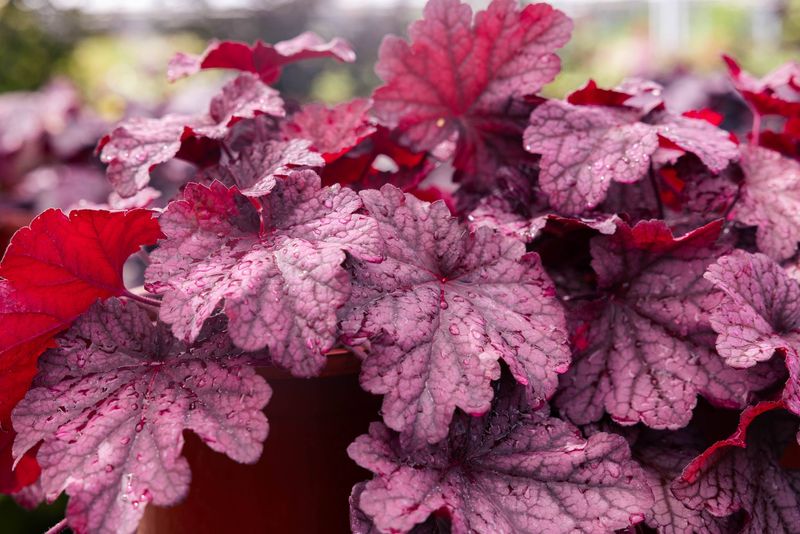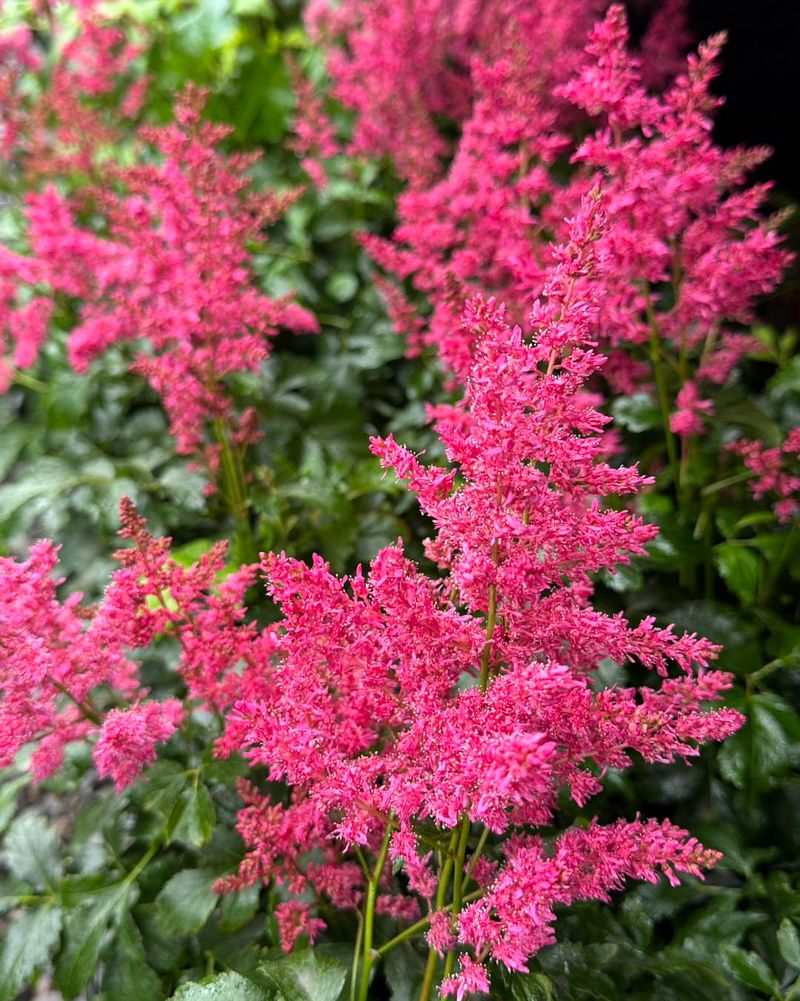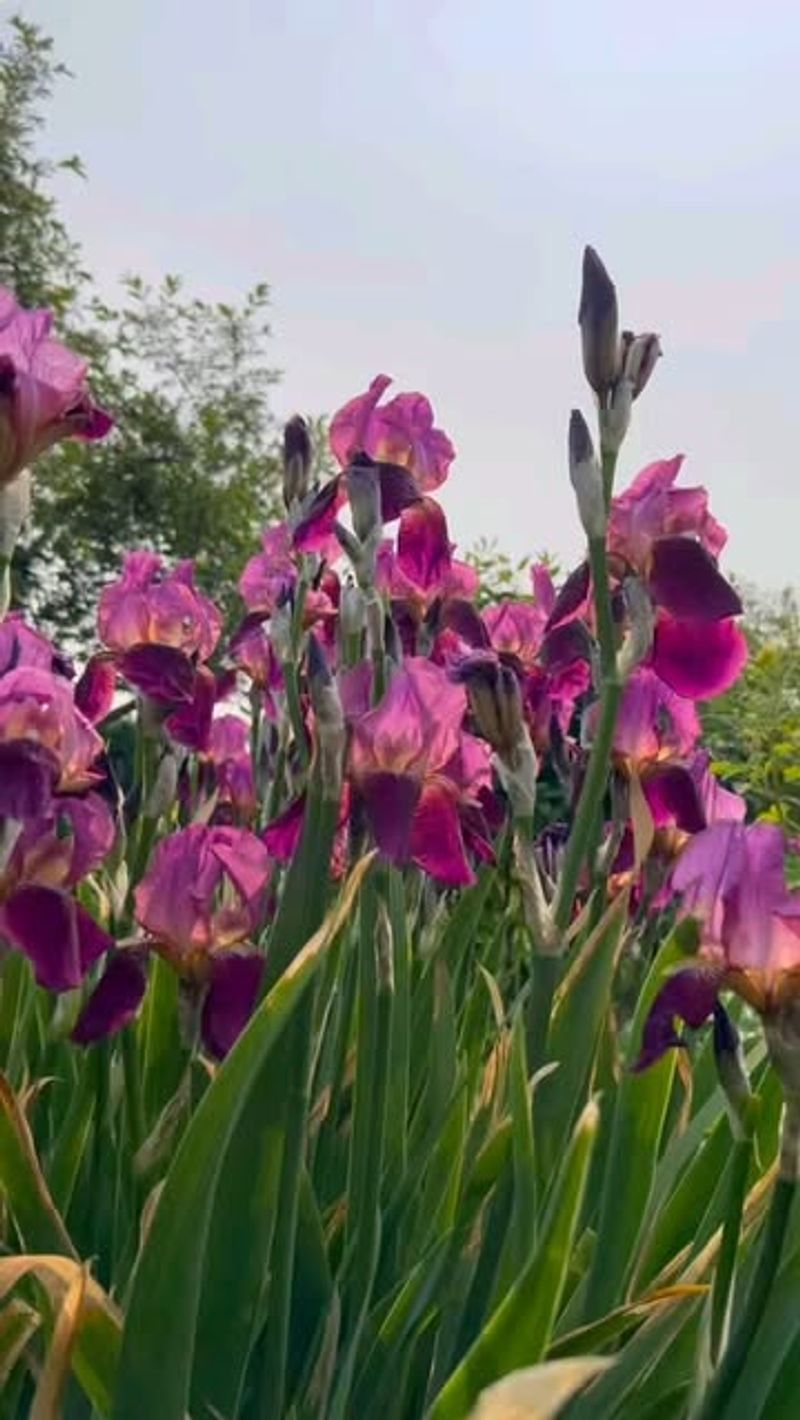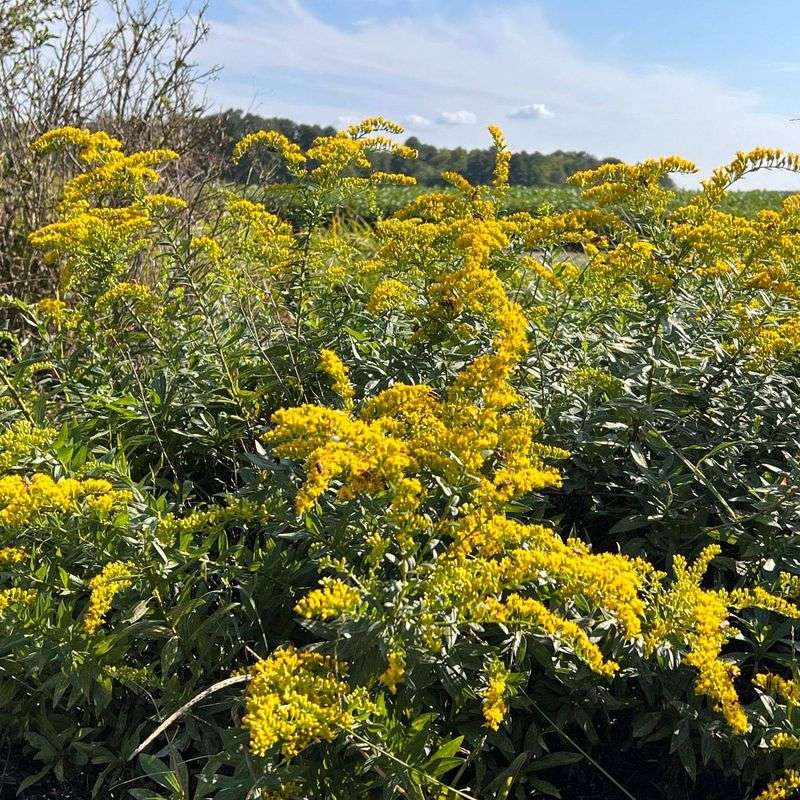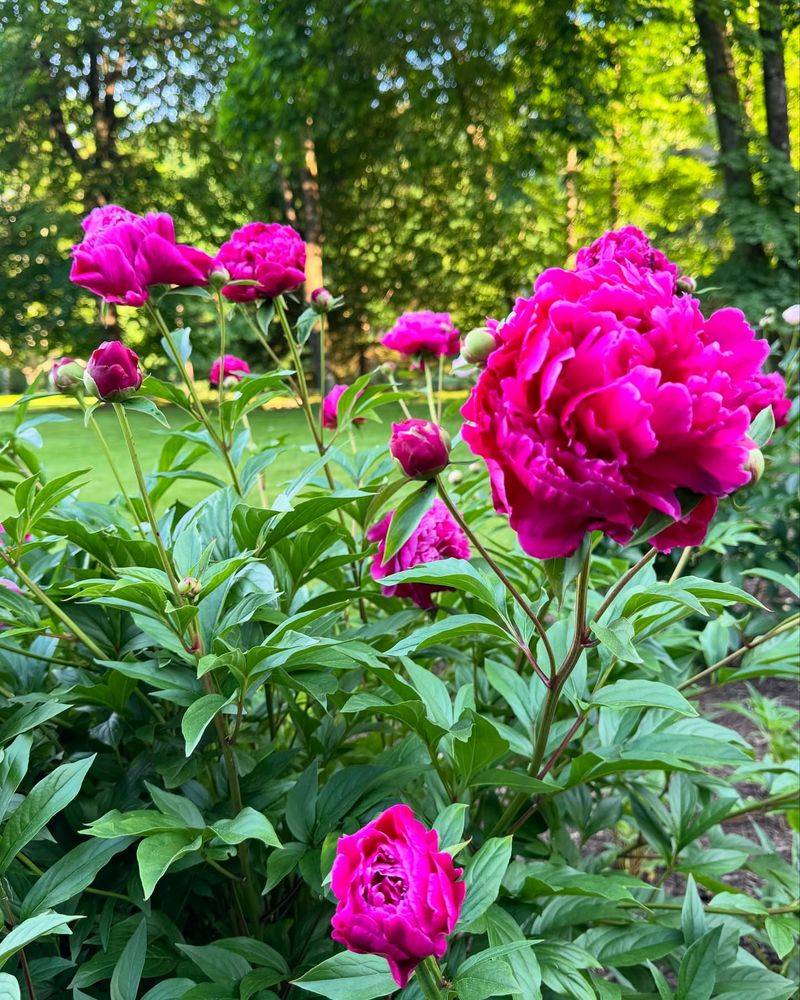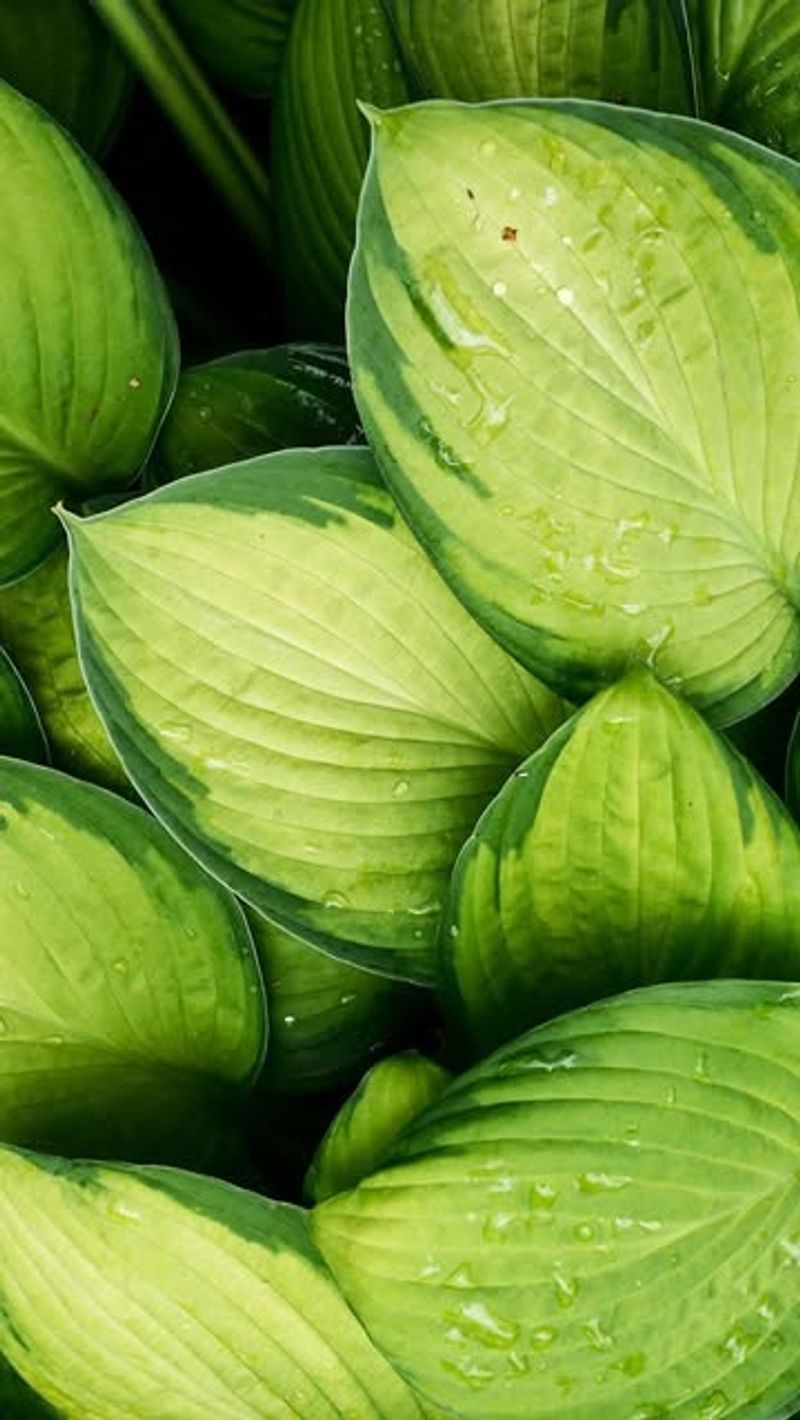Clay soil in Arkansas might seem tricky, but plenty of perennials are more than up for the challenge. I’ve seen tough plants put down deep roots and thrive, even in that thick, sticky ground.
The secret is picking varieties that actually love the dense stuff and come back stronger each year. Once they settle in, they bloom like nothing’s holding them back.
Let’s explore the perennials that turn Arkansas clay into a garden powerhouse!
1. Black-Eyed Susan
Bright golden petals bring sunshine to Arkansas gardens from June through September. These native beauties laugh at clay soil, spreading happily without much attention.
Many Arkansas gardeners report these cheerful flowers attract butterflies and beneficial pollinators. Their drought tolerance makes them perfect for those hot summer months when rainfall becomes scarce.
2. Coneflower
Purple petals surround a spiky orange center that birds absolutely adore. Hardy in Arkansas zones, these native perennials return reliably each year with minimal care requirements.
During Arkansas summers, coneflowers stand tall through heat and drought. Their medicinal properties have been valued for generations, making them both beautiful and practical additions to your garden beds.
3. Daylily
Trumpet-shaped blooms open for just one day, but each plant produces dozens of buds. Available in countless colors, they’re practically indestructible in Arkansas clay soil conditions.
Many Arkansas highways showcase these tough beauties growing wild along roadsides. Their ability to stabilize soil makes them excellent choices for slopes and areas prone to erosion.
4. Sedum
Succulent leaves store water, making these plants incredibly drought-tolerant. Fall-blooming varieties like ‘Autumn Joy’ develop fascinating flower heads that change from pink to rusty red.
Across Arkansas gardens, sedums provide year-round interest with minimal maintenance. Their shallow root systems actually prefer the density of clay soil, making them perfect for problem areas.
5. Russian Sage
Silvery-gray foliage creates a stunning backdrop for lavender-blue flower spikes. The aromatic leaves deter deer and rabbits, a common concern for many Arkansas gardeners.
Even in the toughest Arkansas clay, this Mediterranean native thrives with little intervention. Its extended blooming period from mid-summer through fall provides months of soft color in the landscape.
6. Yarrow
Feathery foliage sets off flat-topped flower clusters in white, yellow, pink, or red. Ancient healing properties make yarrow both ornamental and useful in Arkansas herb gardens.
Throughout Arkansas, yarrow establishes quickly even in poor soil conditions. Cut flowers last wonderfully in arrangements, while dried blooms retain their color for winter decorations.
7. Bee Balm
Shaggy, crown-shaped flowers in vibrant reds, pinks, and purples become hummingbird magnets. The aromatic leaves can be brewed into a pleasant tea, popular with Arkansas herbalists.
Despite Arkansas’s challenging clay, bee balm spreads readily through underground runners. Choosing mildew-resistant varieties ensures best performance in our humid southern climate.
8. Baptisia
False indigo develops into a shrub-like presence with beautiful blue, purple, or yellow lupine-like flowers. Once established in Arkansas gardens, its deep taproot makes it exceptionally drought-resistant.
Many Arkansas native plant enthusiasts prize baptisia for its low maintenance needs. The blue-green foliage remains attractive long after the spring blooming period has ended.
9. Liatris
Bottle-brush purple blooms emerge on tall spikes, opening from top to bottom rather than bottom to top. Native to Arkansas prairies, these plants naturally adapted to our challenging soil conditions.
Gardeners across Arkansas appreciate how liatris attracts butterflies, especially monarchs. Their vertical growth habit adds architectural interest to perennial borders without taking up much ground space.
10. Amsonia
Delicate blue star-shaped flowers appear in spring above willow-like foliage. Arkansas gardeners treasure this native for its brilliant golden fall color that rivals any autumn tree.
Throughout central Arkansas, this tough perennial forms neat clumps that rarely need division. Its resistance to both deer and drought makes it ideal for low-maintenance landscape areas.
11. Joe-Pye Weed
Mauve flower clusters tower impressively on stems reaching up to six feet tall. Butterflies flock to these late summer blooms, creating a living garden in Arkansas landscapes.
Across Arkansas wetlands, this native thrives naturally in clay soil. The impressive height makes it perfect for back borders or as a natural privacy screen during summer months.
12. Hardy Geranium
Low-growing mounds become covered with delicate pink, purple, or blue flowers in late spring. Unlike their annual cousins, these perennials return reliably year after year in Arkansas gardens.
Many Arkansas gardeners use hardy geraniums as ground covers in partially shaded areas. Their ability to suppress weeds while tolerating clay makes them practical problem-solvers in difficult garden spots.
13. Penstemon
Tubular flowers in shades from white to deep purple attract hummingbirds throughout summer. The glossy leaves remain attractive even when not in bloom, providing structure in Arkansas perennial beds.
Despite Arkansas’s heavy clay, penstemon thrives with minimal amendments. Their drought tolerance makes them excellent choices for hot, sunny spots where other plants might struggle.
14. Hellebore
Winter-blooming flowers appear when most Arkansas gardens lie dormant. Available in whites, pinks, purples, and even green, these shade-lovers brighten dark corners from January through April.
Many Arkansas gardeners appreciate hellebores for their deer-resistant qualities. Their evergreen foliage provides year-round structure, making them valuable additions to woodland garden settings.
15. Heuchera
Colorful foliage in purple, caramel, lime green, or silver steals the show year-round. Tiny bell-shaped flowers on slender stems attract hummingbirds to Arkansas shade gardens in spring.
Across Arkansas, these native coral bells perform beautifully in clay soil. Their shallow root systems appreciate the moisture retention properties that frustrate many other perennials.
16. Astilbe
Feathery plumes in white, pink, or red brighten shady Arkansas garden corners. Their fernlike foliage provides texture even when not in bloom, contrasting beautifully with broader-leaved plants.
Many Arkansas gardeners with damp, shady spots find astilbes perform wonderfully in clay soil. Their preference for consistent moisture makes them perfect partners for areas that stay wet after rain.
17. Iris
Sword-like foliage remains attractive long after the showy spring blooms fade. Bearded varieties perform especially well in Arkansas clay, multiplying generously over the years.
Across Arkansas, irises pass down through generations as family heirlooms. Their shallow rhizomes actually prefer the density of clay soil, allowing them to establish quickly after planting.
18. Goldenrod
Brilliant yellow flower plumes create late-season color when many perennials have finished. Contrary to popular belief, these Arkansas natives rarely cause allergies—blame ragweed instead!
Throughout Arkansas prairies, goldenrod thrives naturally in clay soil conditions. Garden varieties stay more compact than their wild cousins while still attracting beneficial pollinators and butterflies.
19. Peony
Lush, fragrant blooms have made these long-lived plants garden favorites for generations. Once established in Arkansas gardens, peonies can thrive for decades with minimal care.
Many Arkansas families pass down these heirloom plants through generations. Their preference for staying put rather than being transplanted makes them perfect for permanent garden locations.
20. Hosta
Dramatic foliage in countless variegations brightens shady Arkansas garden corners. Size ranges from miniatures to giants over three feet across, providing options for any space.
Throughout Arkansas, hostas thrive in clay soil that retains moisture. While deer find them tasty, strategic placement near house foundations or in protected areas helps these shade-lovers flourish undisturbed.

